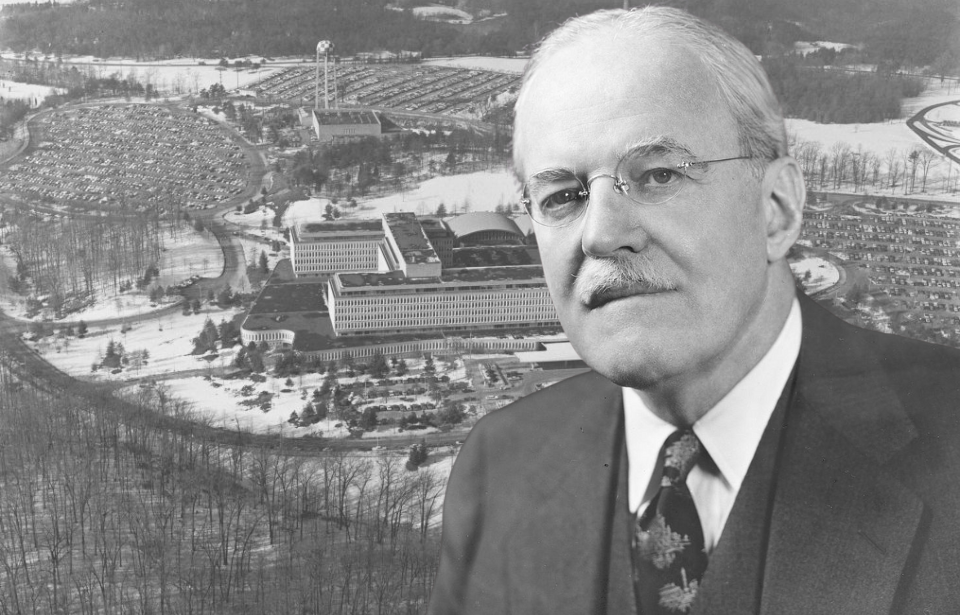The CIA has been subject to much scrutiny since its establishment in 1947 and this only increased following the conclusion of the Cold War, when tens of thousands of documents relating to its activities were declassified under the Freedom of Information Act (FOIA). Among the revelations were several attempted assassinations of Fidel Castro and unpleasant dealings in the Middle East. Something else that can be added to this list is the infamous Project MKUltra.
Attempts to improve interrogation techniques
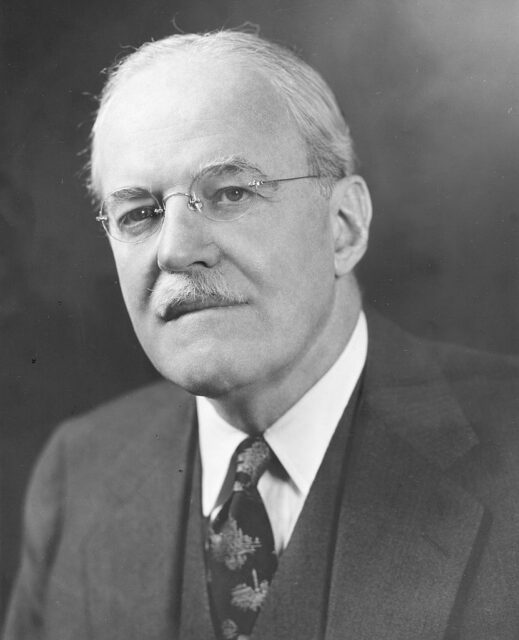
Project MKUltra was established in 1953 by CIA Director Allen Dulles, and it was such a big undertaking that it accounted for six percent of the agency’s budget for that year alone. In its battle with Soviet intelligence, the CIA sought to investigate the feasibility of mind control techniques to obtain the truth from detainees via a variety of methods, including hypnosis and the administration of psychedelic substances, such as LSD.
MKUltra was headed by Sidney Gottlieb, and its creation was largely fueled by the era’s political climate – in particular, the threat posed by the spread of Communism.
Project MKUltra was intended to remain a secret
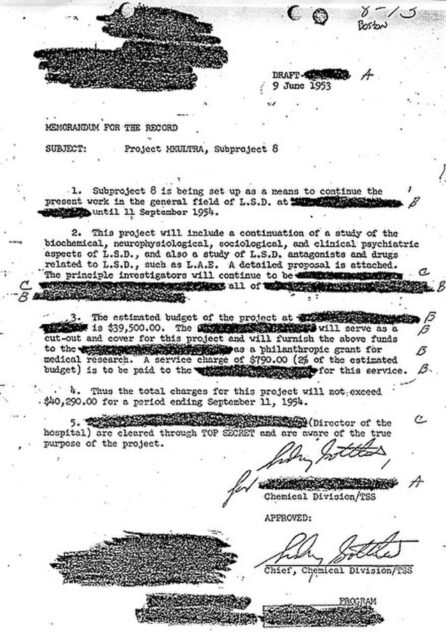
Considering the strict secrecy surrounding Project MKUltra, it’s difficult to gather extensive knowledge regarding its activities and results. When the project was established, very few people were aware of it. The initiative bypassed Congress and was kept confidential among its small circle of protagonists.
Over time, however, its true nature and extent gradually leaked, and it eventually came under the scrutiny of both government officials and public opinion. Along with its components being largely unethical, MKUltra violated the Nuremberg Code, which was signed by the United States upon the conclusion of the Second World War.
Nonetheless, the project operated discreetly for many years before its existence permeated the top ranks of Washington. As stated by one CIA inspector, MKUltra’s secrecy was fundamental to its operation, as it was “considered by many authorities in medicine and related fields to be professionally unethical,” and that final testing placed “the rights and interests of US citizens in jeopardy.”
What did Project MKUltra entail?
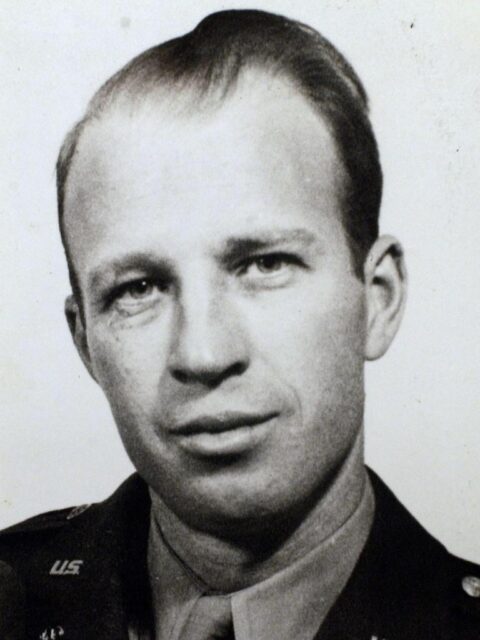
Project MKUltra lasted into the 1960s and involved 149 sub-projects. Some 44 colleges, 15 research foundations and companies, 12 hospitals and three penal institutions provided research, as well as human test subjects. In its early years, MKUltra primarily focused on experimenting with psychedelic substances. While many test subjects were obtained voluntarily, many other patients were tested on without their knowledge.
One tragic event occurred early on, due to discreetly administering LSD to an unsuspecting test subject. Frank Olson, a US Army biochemist and biological weapons researcher, was unknowingly slipped a dose of LSD in his drink by a senior scientist involved in the project while at an unofficial meeting on November 19, 1953.
While colleagues described Olson as being on a “bad trip,” he survived the initial high. However, he began suffering from severe depression and paranoia over the following days, leading him to die by suicide after leaping from the balcony of his 10th-storey hotel room.
While psychedelics provided inconsistent results, in terms of their mental and behavioral alterations, they had potential scope for use as an interrogation tool, as they could transform a detainee’s character and allow for either information gathering or to alter the individual’s future behavior.
Psychedelic substances and electroconvulsive therapy
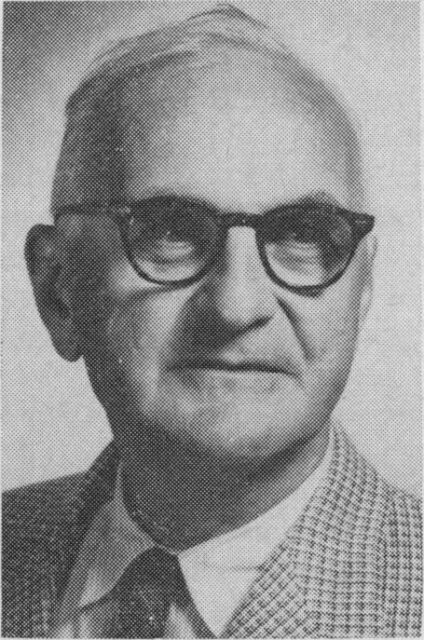
In addition to LSD and other psychedelic substances, the CIA simultaneously explored the avenue of electroconvulsive treatment during interrogations. In 1957, Donald Ewen Cameron, a former member of the Nuremberg tribunal interested in the potential of electroconvulsive therapy, was hired to conduct work in this field.
Utilizing the CIA’s funding, Cameron came up with four steps to successfully diminish the will of a detainee:
- Intensive electroshocks aimed at breaking down a detainee’s behavior.
- Intensive repetition of a verbal signal – 16 hours a day for up to one week.
- Keeping the detainee in “sensory isolation” for extended periods by blocking their eyes and ears.
- Following the verbal signaling period, the detainee is put into a drug-induced coma for seven to 10 days.
Cameron is believed to have tested this method on over 100 people. His testing began in 1957, but funding was cut in the early-to-mid-1960s over fears that Project MKUltra would be discovered.
Operation Midnight Climax
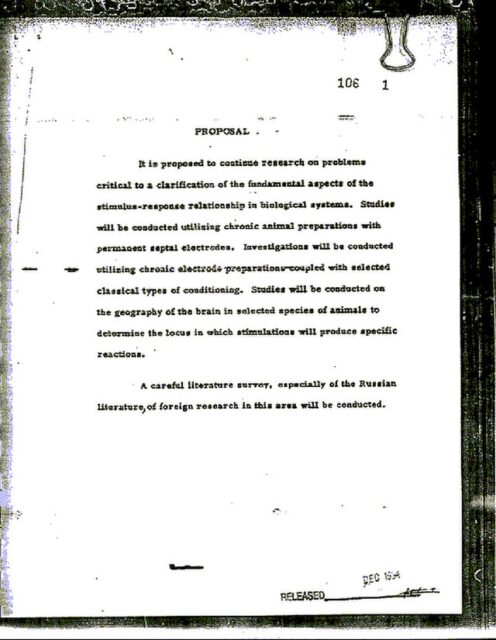
In 1955, Project MKUltra’s focus on psychedelics was extended. The base for the study shifted to San Francisco, where the sub-project Operation Midnight Climax began. Local prostitutes, under the CIA’s payroll, solicited men and brought them to a safe house where they were served drinks laced with various drugs and observed through one-way mirrors installed in the residence.
It’s been argued that this practice continued for almost a decade, running from 1955-63 when the experiments were abandoned due to a revelation by an internal audit, leading the sub-project to face subsequent funding cuts.
Furthermore, a leading figure of the project, Sidney Gottlieb, destroyed many boxes of evidence and research findings, fearing a Congressional inquest after suspicions were raised about the CIA’s covert activities. Consequently, there are very few published records revealing the extent of the experimental research findings.
Exporting experiments to Canada
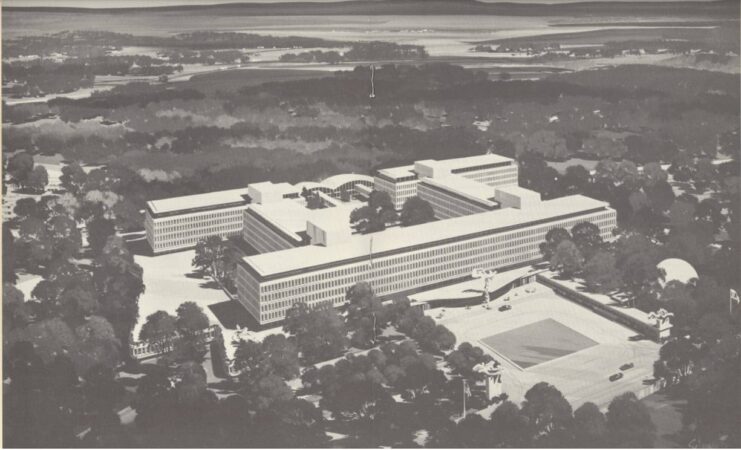
While we don’t know the full extent of the activities conducted during this time, we do know that thousands were impacted by the experiments conducted under Project MKUltra. What’s more, it didn’t just occur in the United States – experiments took place in Canada, as well. The nation’s government was well aware of what was going on and even provided funding.
These experiments occurred in Montreal, Quebec, under Donald Ewen Cameron, and were often conducted on patients suffering from mental health issues like postpartum depression and anxiety disorders. Along with using psychedelics, this part of MKUltra also saw the use of electroconvulsive therapy.
Unfortunately, many of those subjected to the project in Canada found themselves in a worse state than when they first became involved. Many suffered from memory loss, while others lost the ability to speak or developed Stockholm Syndrome.
Destroying the documents pertaining to Project MKUltra

The majority of files and evidence relating to Project MKUltra were destroyed from the 1960s onward, particularly in the aftermath of the Watergate Scandal. Their destruction was ordered by then-CIA Director Richard Helms, and this lack of evidence has made it difficult for the relevant US authorities to conduct a full investigation into the project.
More from us: TRIGON: The CIA Spy Who Funneled Soviet Secrets to the United States
Only 20,000 documents survived because they were accidentally stored in a financial records building.
